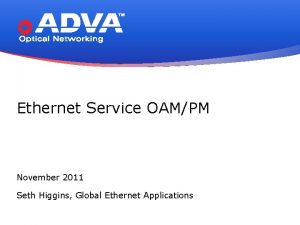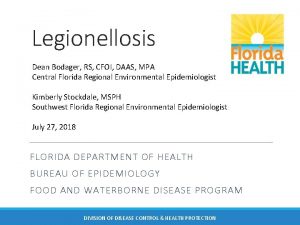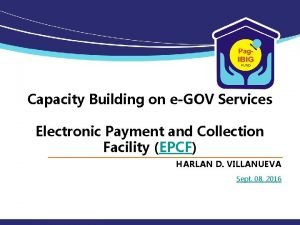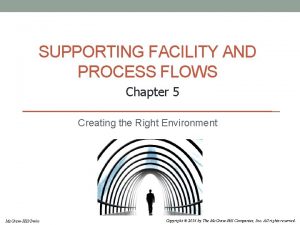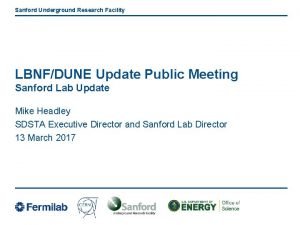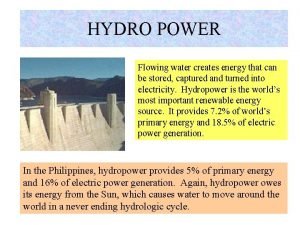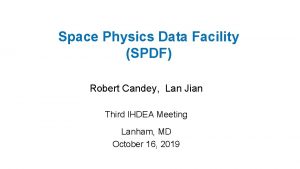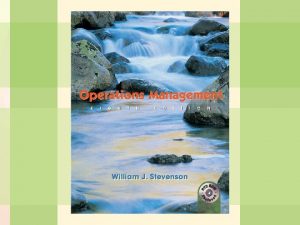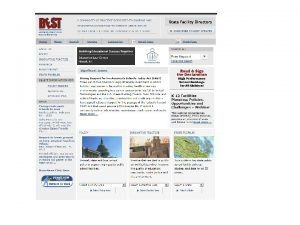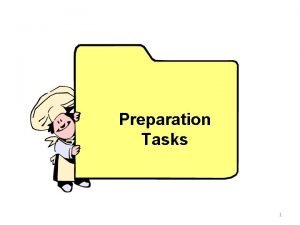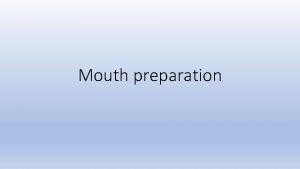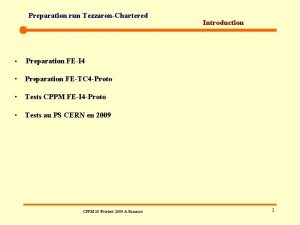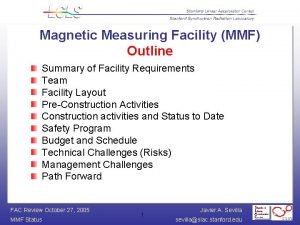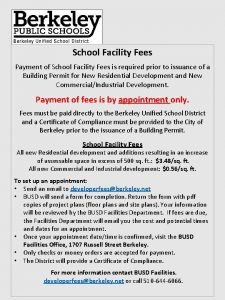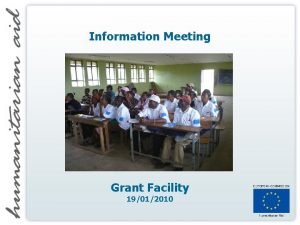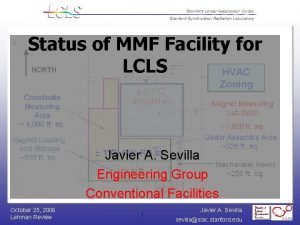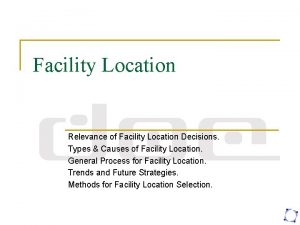Facility Preparation May 2005 2 M May 2005
















- Slides: 16

Facility Preparation May 2005 2 M May 2005 Revision 1

Upon successful completion of this topic, the student should be able to: • Describe facility preparation considerations including: – Planning – Timing – Verification 2 M May 2005 Revision 2

Planning for Failure 2 M May 2005 Revision 3

Project Management • Define the work scope. . . – – Construction, modification, support SSCs. . . Equipment testing and subsequent repairs. . . Documentation development-DSA, procedures, etc. . Training, qualification, surrogate operations. . . • Identify task relationships. . . – Predecessor: Procedures. . . – Successor: Operator Training. . . • Plan realistic task duration. . . Essential! • When changes occur, identify all affected tasks. . . 2 M May 2005 Revision 4

The Authorization Basis • Authorization Basis means the combination of information relating to the control of hazards at a nuclear facility (including design, engineering analyses, and administrative controls) upon which DOE depends for its conclusion that activities at the facility can be conducted safely. 2 M May 2005 Revision 5

Authorization Basis (continued) Ÿ The Authorization Basis is described in documents such as: Facility DSA/SARs/BIOs/HAR, other safety analyses; - TSRs/OSR/ABCD. . . - Ÿ Safety Evaluation Reports (SERs). . . Ÿ Facility-specific implementing mechanisms to comply w/ DOE Orders, policies, or other contract provisions (infrastructure program). . . Ÿ Permits. . . 2 M May 2005 Revision 6

Definition: Safety Analysis Ÿ A documented process to: – Provide a definition of the work and identification of hazards within a DOE activity or facility; – Analyze and evaluate potential accidents and their associated risks; – Evaluate measures (hardware, procedures, systems) to reduce the probability and/or consequences of potential accidents; – Develop/define specific engineered and administrative controls to provide an acceptable level of risk. 2 M May 2005 Revision 7

Technical Safety Requirements (TSRs) Ÿ The TSR and its appendices constitute an agreement or contract between the DOE and the facility operating management regarding the safe operation of the facility. Ÿ As such, they cannot be changed without DOE approval! Ÿ OSRs have similar expectations. 2 M May 2005 Revision 8

Safety Evaluation Reports (SERs) • The DOE will/should: – document its review of an DSA/SAR with a Safety Evaluation Report (SER). . . – impose conditions of approval, which might include constraints on TSRs, additional or alterations to other commitments. . . 2 M May 2005 Revision 9

Implementation of DSA/SAR/TSR/BIO/JCO • A critical element of achieving readiness: – – – 2 M Identify commitments; Develop implementing mechanisms; Develop implementation matrix; Track implementation to closure; Verify implementation is complete and accurate. May 2005 Revision 10

Implementation Means: – Engineered controls in place and tested; – Procedures complete, V&V, CM; – Training complete; – Surveillances demonstrated and current; – Management programs in place: • Specific Administrative controls implemented and verified effective. – Issues and other Tracking systems functioning. 2 M May 2005 Revision 11

If it’s so easy. . . Why is it so hard? • Started before readiness was achieved. . . And / or. . . • Preparation = ORR/RA review areas! 2 M May 2005 Revision 12

Overcoming the Barriers • Plan for achieving readiness = POA = ORR/RA; • POA adequately specific. . . • POA with proper prerequisites. . . • POA done EARLY. . . • Thorough MSA. . . – In process evaluation; QA criterion 9. . . • Don’t start early! 2 M May 2005 Revision 13

Prerequisites • Detailed and Measurable. . . • Specific Startup Requirements: – Identify ALL SSCs including support systems. . . – Tied to Core Requirements - are they met? – Specific Actions: • Operator Training Requirements Completed; • Procedures Finalized (V&V); • Test Program Complete, results approved; • DSA fully implemented; etc; . . . • Part of Project Planning: Demonstrated Success! 2 M May 2005 Revision 14

Plan to Achieve Readiness • Address Achieving Core Requirements in the Schedule: – Prerequisites! • Allow Time for Implementation: – Training. . . – Procedure V&V. . . – Practice. . . • Can’t Start Too Early! 2 M May 2005 Revision 15

Commitment to Achieve Readiness • A “failed” ORR is “not a good thing”! • The best manager can control schedule OR cost, but not both in preparing for the ORR/RA! – Make decision: cost versus budget; take action early. . . • Watch for symptoms of failure. . . • You get what you INSPECT. . . • Parallel MSA will reduce rework, cost, and schedule impact if management is “Serious”. . . • “Pay me now, or Pay me later”. . . 2 M May 2005 Revision 16
 Hci patterns may or may not include code for implementation
Hci patterns may or may not include code for implementation Vad är facility management
Vad är facility management Connecting europe facility transport
Connecting europe facility transport Facility loopback
Facility loopback Cdc legionella environmental assessment form
Cdc legionella environmental assessment form Steam ptt
Steam ptt Electronic payment and collection facility (epcf)
Electronic payment and collection facility (epcf) Factors influencing plant layout
Factors influencing plant layout Coming monday
Coming monday Supporting facility
Supporting facility Chapter 24
Chapter 24 Facility location game
Facility location game Sanford underground research facility
Sanford underground research facility Local initiative facility for urban environment
Local initiative facility for urban environment Flowing water creates energy that can be captured
Flowing water creates energy that can be captured Space physics data facility
Space physics data facility Process selection and facility layout
Process selection and facility layout



